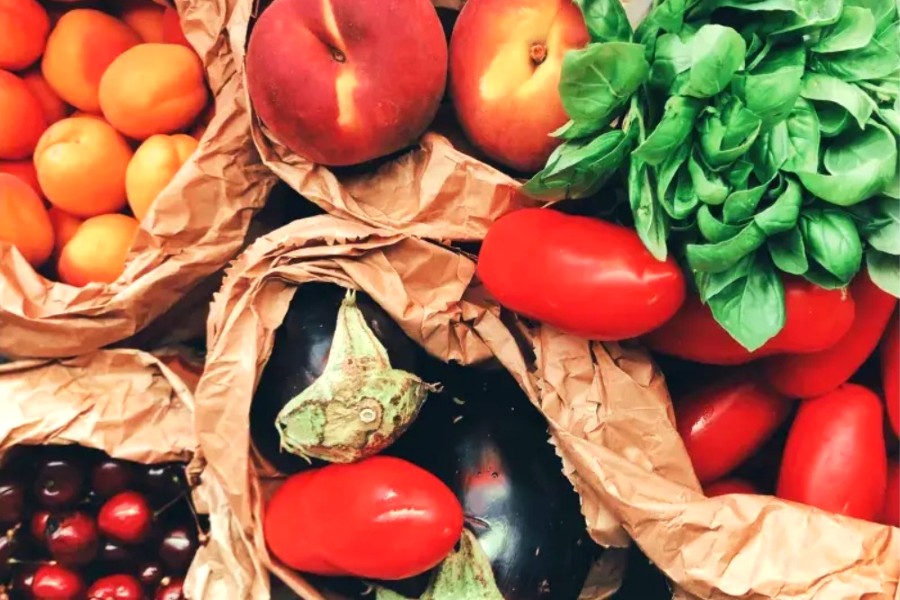
As of mid-September 2020, the COVID-19 pandemic has killed more than 25,000 New Yorkers and sickened an additional 445,000.
A more hidden impact of the pandemic is its effect on food security. Mass losses in employment in the State have curtailed New Yorkers’ ability to afford food.
Stay-at-home orders and social distancing measures have also cut off reliable pathways to food access, such as meals provided in community settings (e.g., houses of worship) or schools.
Many New Yorkers have been forced to choose between their need for food and their own sense of safety, given the risks of contracting or spreading COVID-19 while accessing food during the pandemic.
Many New Yorkers have been forced to choose between their need for food and their own sense of safety, given the risks of contracting or spreading COVID-19 while accessing food during the pandemic.
This report reviews self-reported survey data related to food scarcity in New York State during the initial months of the coronavirus pandemic.
It found:
- 1 in 10 households experienced food scarcity in the prior week
- Households with children were more likely to have experienced food scarcity than those without children
- There are stark disparities in food scarcity by race and ethnicity
- Food scarcity is increasingly affecting households that did not struggle to access food prior to the pandemic
- Mass losses in employment have likely contributed to increases in food scarcity
It presents food scarcity rates by race and ethnicity, age, and household income, as well as compares New York State with neighboring states. Rates are also shown for households with and without children.
It assesses how different groups of New Yorkers are accessing free meals and groceries and from which access points (e.g., school programs, food pantries). Finally, it measures how New Yorkers have used or plan to use their federal Economic Impact Payment—known as stimulus checks—for food-related expenses.
It assesses how different groups of New Yorkers are accessing free meals and groceries and from which access points (e.g., school programs, food pantries). Finally, it measures how New Yorkers have used or plan to use their federal Economic Impact Payment—known as stimulus checks—for food-related expenses.
Data from this report come the COVID-19 Household Pulse Survey, an experimental data product designed by the U.S. Census Bureau in collaboration with multiple federal agencies.
The survey provided near real-time data on household experiences during the coronavirus pandemic from April 23, 2020, until July 21, 2020. See Methods for more details on the survey and how rates are developed for this report.
Become a Harlem Insider!
By submitting this form, you are consenting to receive marketing emails from: . You can revoke your consent to receive emails at any time by using the SafeUnsubscribe® link, found at the bottom of every email. Emails are serviced by Constant Contact








